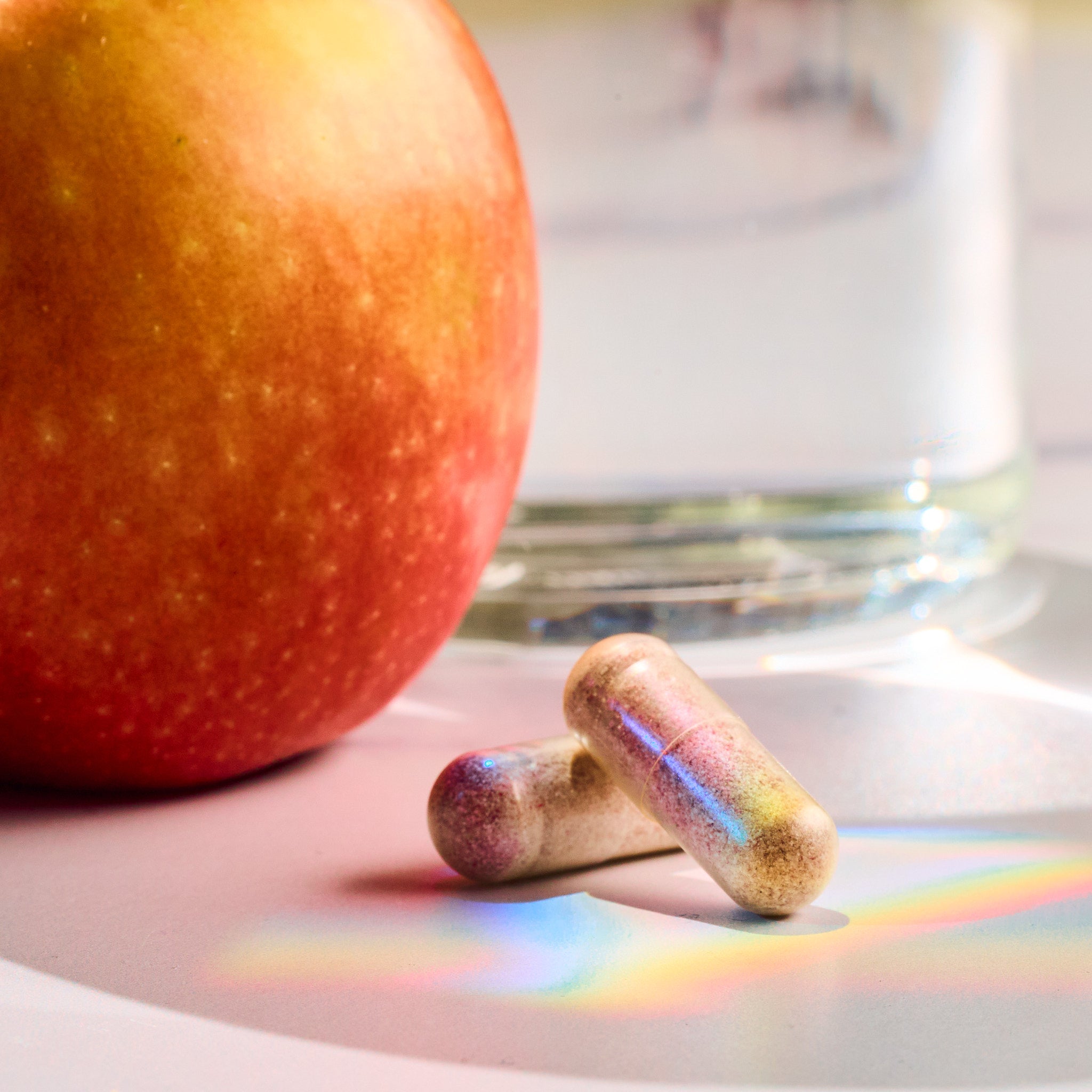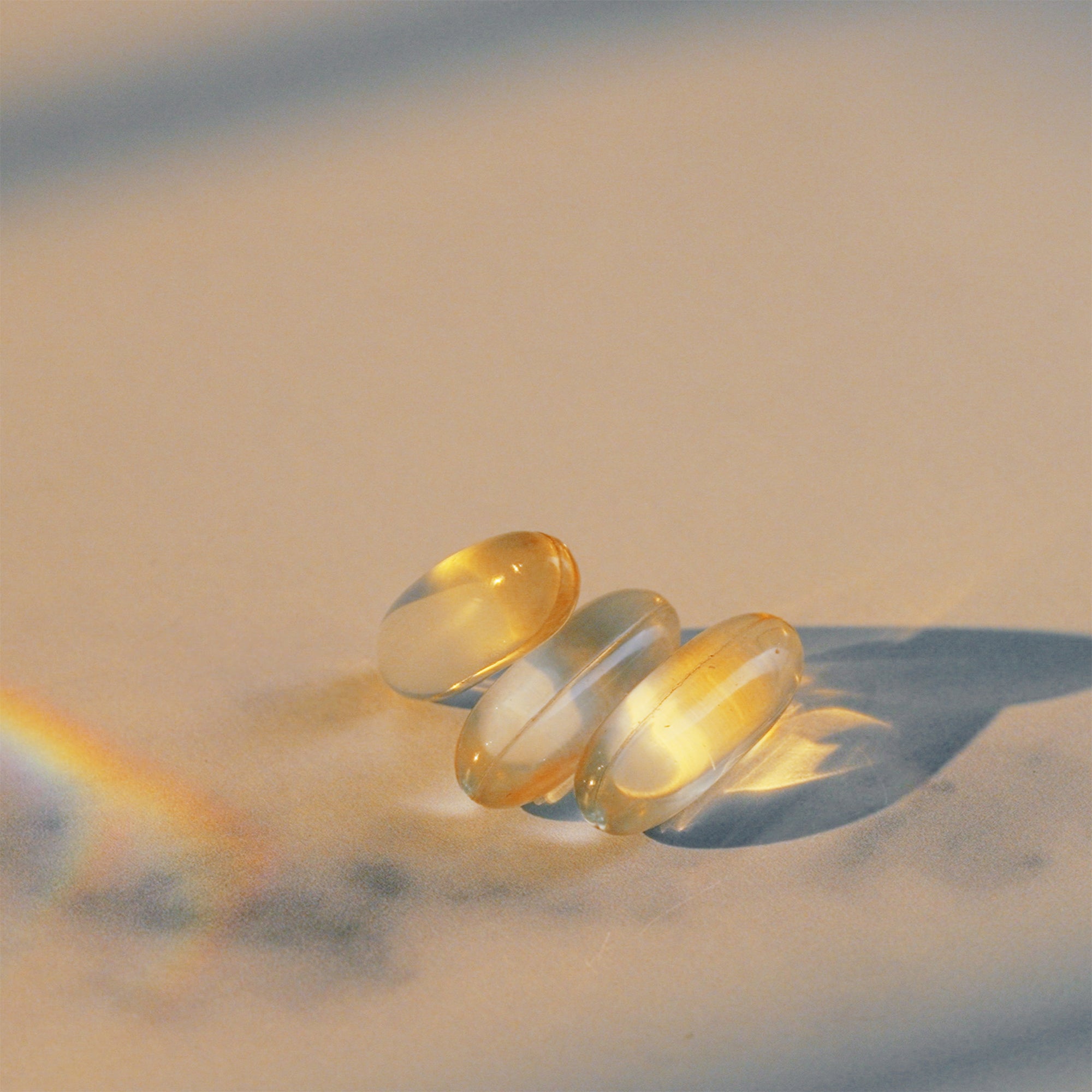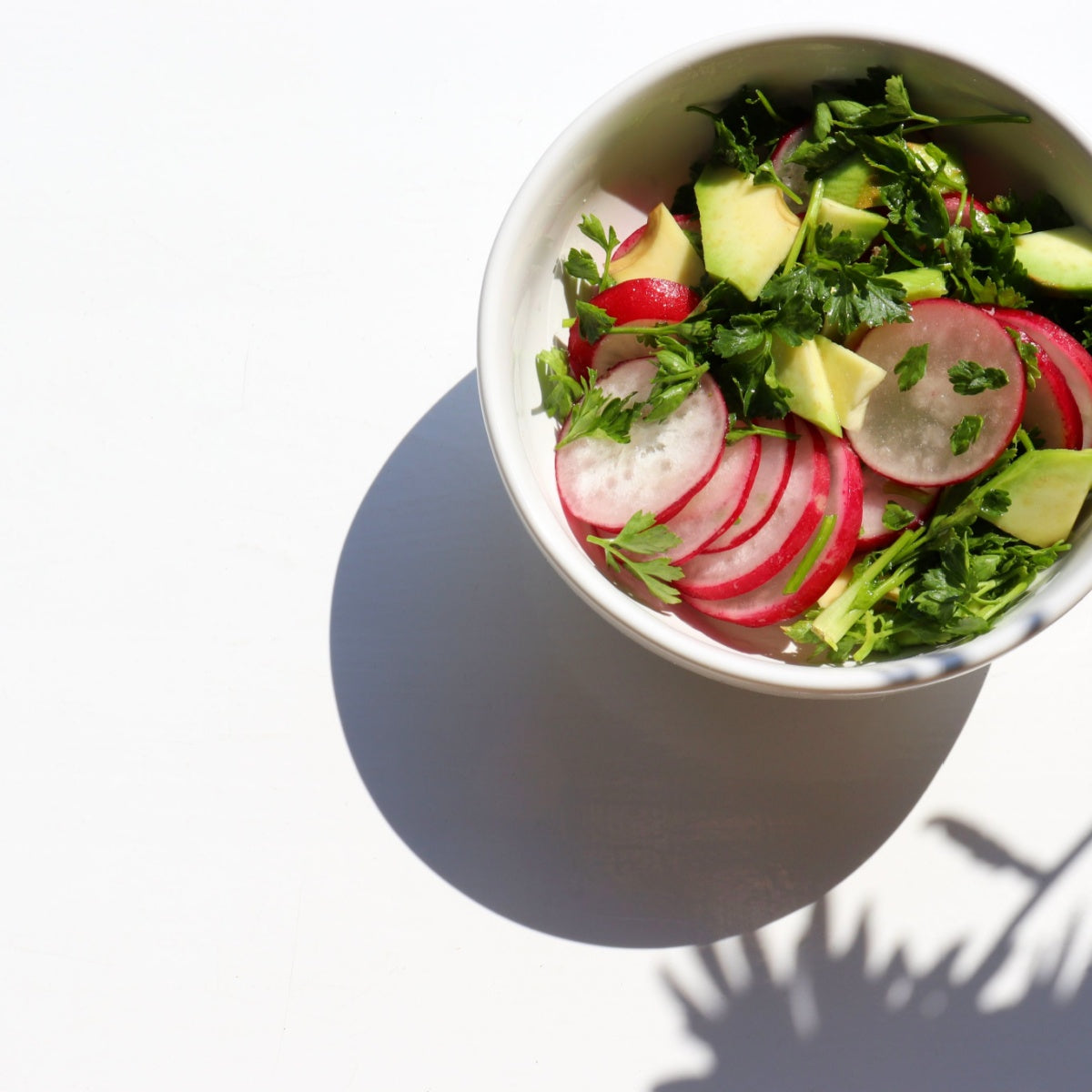Growing a garden can be an immensely rewarding process, rich with health benefits, including regular fresh air and exercise, a significant mood boost, and nutrient-dense produce straight from your backyard. But if you’ve ever tried to wrestle an unwieldy tomato plant into a cage, or coax and coddle celery all the way to maturity, you know that gardening can also turn into a challenge — one almost frustrating enough to make you look forward to navigating the aisles of a packed grocery store.
The good news is that there are several delicious fruits and veggies that will grow happily with a minimum of effort on your part. We’ve chosen these plants for their ease of care: no cages, no trellises, and no perpetual pest patrol — just good old-fashioned earth, sun, and water. Read on to find out about 9 plants that are perfect for a beginner’s food garden.
1. Leaf Lettuce

This salad staple is one of the first plants to poke its little green head above ground after being planted. Its quick grow time and unfussy temperament make it very rewarding for a first-time gardener. While cool temperatures are its preference, leaf lettuce will also do well in hotter weather with diligent watering. Plant a few seeds every week or so to harvest these delicious, tender leaves continuously for months.
2. Green Beans

Easy to start from seed, this bushy plant thrives in warm weather and produces gorgeous, crisp beans that are equally good fresh or cooked. Harvest them once they’re about the length of your finger and still slender for the tastiest results. Be sure to leave a few beans on the vine until they’re overgrown, yellow, and dry, then gather and store the dried bean seeds in an envelope or paper bag to plant next year.
3. Sugar Snap Peas

These small, tender peas can be enjoyed cooked or raw, pod and all. Like beans, they are easy to grow from seed, although they prefer the cool weather of spring and fall. Keep them well watered and you will soon have a deliciously crunchy addition for veggie dip platters and stir fries.
4. Zucchini/Squash

The prolific nature of the humble squash is legendary, and its reputation is well-earned. Zucchini and other varieties of squash grow to sprawling proportions with almost no help on your part, and frequently bear plenty for both you and your neighbors. Spiralize zucchini for a healthy twist on pasta, add it to spaghetti sauce or quiche, and freeze grated portions to bake bread and muffins in the winter.
5. Strawberries

Lest you think fruit is out of the question for a beginner’s food garden, rest assured that this crimson-colored berry is borne by a hardy, good-natured plant that adores hot sunshine and moist soil. Grow from starts rather than seed, and know that the number of berries you get this year will probably double next year. Just cover the plants with straw once the weather turns cold, then uncover them again in the spring and wait for another bounteous harvest.
6. Green Onions

Another flavorful favorite that tends to make an appearance soon after planting, these petite and elegant onions enjoy the milder weather of spring and fall. Since the cooler temperatures make it easier for the soil to retain moisture, less frequent watering is required, making these a wonderfully easy plant to care for. Wait until their green tops are nice and tall, then harvest for use in salads and omelets.
7. Carrots

Once you’ve tasted a carrot straight from the earth, you’ll have a hard time going back to buying them from the store. Homegrown carrots tend to be a bit smaller and kinkier than those you’ll find in the produce aisle (a result of growing their way around rocks, roots, and other obstructions in the soil), but they are also bursting with flavor and vividly colored. Easy to care for, these sweet vegetables require nothing more than a nice, deep bed, regular watering, and lots of patience while their edible roots develop fully.
8. Radishes

This flavorful root vegetable makes it to the top of many gardeners’ easy-to-grow lists. Unlike carrots, radishes don’t even require a particularly deep bed to thrive and grow to full size. Wait until you can see their red, purple, or white tops poking out from the soil underneath their leafy tops, then harvest for a spicy salad add-in. Radishes tend to get spicier and eventually bitter the more they grow, so experiment with different harvest times to figure out what strength of flavor you prefer.
9. Herbs

Just as no recipe is complete without the tantalizing flavors of herbs, no food garden is truly well-rounded until you’ve added a few of your favorites. Basil, chives, cilantro, dill, mint, oregano, parsley, rosemary, sage, and thyme are all great choices for beginners and tend to be called for frequently in recipes. All of these herbs, with the exception of cilantro, are easiest to grow from starts, and most of them will also coexist happily with other plants in your garden bed. (Mint and oregano are the notable exceptions that should be planted in containers to keep their enthusiastic growth in check.)
Growing a food garden may be one of the most productive DIY projects you ever try — and when you start with undemanding, beginner-friendly plants like these, you may be surprised at how successful you can be. There’s nothing like sun-warmed produce picked straight from your own garden bed to bring a smile to your face and health to your body. So grab a trowel and let’s grow some food!
















